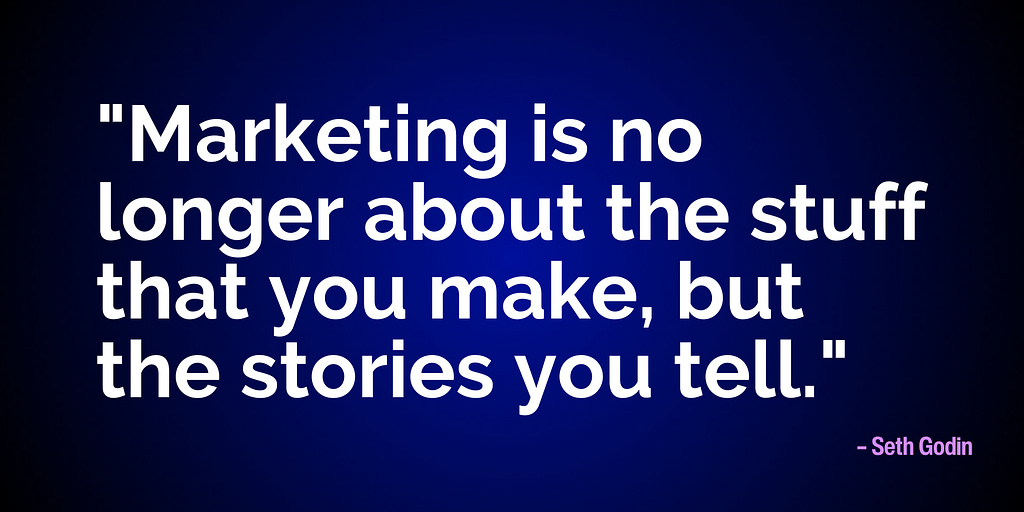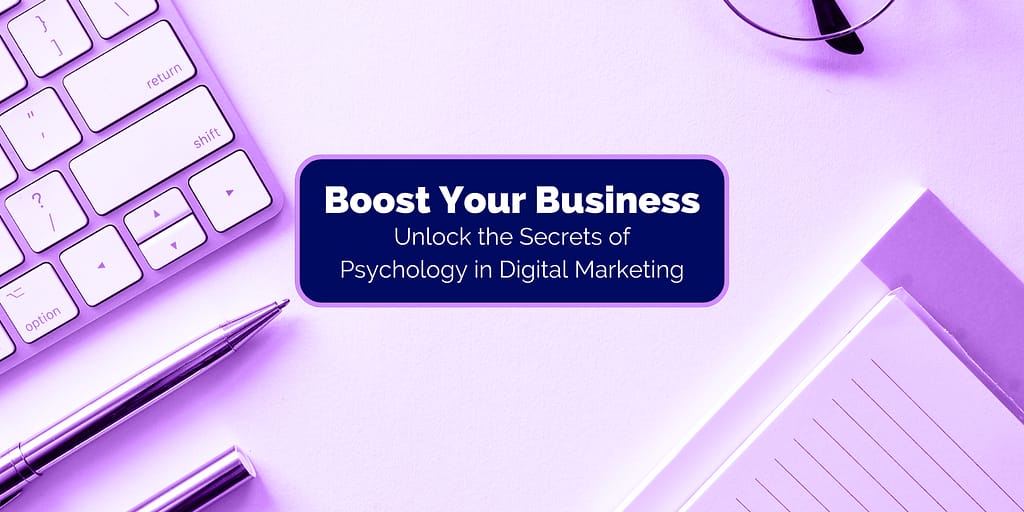In today’s digital age, marketing isn’t just about advertising your products or services; it’s about understanding the psychology behind consumer behaviour. By tapping into the human psyche, you can create compelling digital marketing strategies that resonate with your audience and drive results. Join me on this journey as we explore the psychology behind digital marketing and discover persuasive techniques that can supercharge your small business’s online presence.
1. Understanding Consumer Psychology
To kick things off, let’s delve into the fascinating realm of consumer psychology. Understanding why people make the choices they do is key to effective digital marketing.
1.1 Emotions Drive Action
Think about the last time you made a purchase decision. Chances are, your emotions played a significant role. Emotions like happiness, fear, excitement, and even nostalgia can influence our buying decisions. As a digital marketer, it’s crucial to create content that evokes the right emotions in your audience. Share stories that connect with your brand and your customers on a personal level.
1.2 The Decision-Making Process
When it comes to making choices, consumers often follow a mental process that includes awareness, consideration, and finally, the decision. You can guide potential customers through this process by providing informative content at each stage. For instance, blog posts and videos can raise awareness, while customer testimonials and reviews can aid in the decision-making stage.
2. The Power of Storytelling
Now that we’ve touched on the basics of consumer psychology, let’s talk about one of the most potent tools in your digital marketing arsenal: storytelling.
2.1 Your Personal Story
Never take yourself out of the equation. Share your story of how your passion for something led to the creation of your business. Customers will connect with your journey, and sales will surge. This is the magic of storytelling—it creates an emotional bond between your brand and your audience.
2.2 Evoking Emotions Through Stories
Stories have the power to evoke emotions like no other form of content. Share anecdotes of satisfied customers or the story behind your product’s creation. Make your audience feel something, and they’ll be more likely to engage with your brand and, ultimately, make a purchase.
3. Social Proof and Authority
In the online world, trust can be hard to come by. That’s where social proof and authority come into play.
3.1 The Yelp Effect
Think about the last time you chose a restaurant. Did you check Yelp or read reviews on Google? That’s social proof in action. Positive reviews and testimonials from real customers build trust. Encourage your satisfied customers to leave reviews, and proudly display them on your website and social media profiles.
3.2 Establishing Authority
Establishing your authority in your niche is crucial. Are you a certified expert in your field? Have you won any awards or recognitions? Let your audience know! When people see that you’re an authority figure, they’re more likely to trust your recommendations and value your products or services.
4. Scarcity and FOMO (Fear of Missing Out)
Ever seen a countdown timer on a website promoting a limited-time offer? That’s a clever use of scarcity and FOMO.
4.1 Limited-Time Offers
Limited-time offers create a sense of urgency. When people believe they might miss out on a great deal, they’re more likely to make a purchase. Think of those 24-hour flash sales you see in online clothing stores. The sense of urgency drives a flurry of sales as customers rush to snag the deals before they vanish.
4.2 Exclusivity Sells
People love feeling like they’re part of an exclusive club. Use words like “exclusive” and “members-only” in your marketing to trigger that sense of belonging. It can be something as simple as a VIP email list with special discounts or early access to new products.
5. Cognitive Biases in Marketing
Cognitive biases are mental shortcuts that influence our decision-making. Let’s explore how you can use them ethically in your digital marketing efforts.
5.1 Confirmation Bias
Confirmation bias is the tendency to seek out information that confirms our existing beliefs. You can use this bias by aligning your messaging with your target audience’s preconceptions. If your product aligns with their beliefs or values, highlight that.
5.2 Anchoring
Anchoring is the cognitive bias where we rely heavily on the first piece of information we receive when making decisions. Use this to your advantage by strategically presenting your most attractive offer or product first. It sets the standard for the rest of your offerings.
6. Personalization and Targeting
In today’s data-driven world, personalization is a game-changer.
6.1 The Power of Personalization
Have you ever received an email with your name in the subject line? It feels more personal, right? Use data to segment your audience and deliver tailored content and offers. Address your customers by their names, recommend products based on their past purchases, and watch engagement soar.
6.2 Data-Driven Decisions
Leverage analytics tools to gather insights about your audience’s preferences and behaviours. Are they more active on social media or email? Which products are most popular? This data allows you to refine your marketing strategies continuously.
7. Building Trust and Credibility
In the digital world, trust and credibility are everything.
7.1 Transparency Matters
Be transparent with your customers. Share your company’s values, mission, and even challenges. When customers see the human side of your business, it builds trust. Respond to both positive and negative feedback professionally and promptly.
7.2 Maintaining Credibility
Credibility is hard-won but easily lost. Ensure that all your marketing claims are backed by evidence. If you make a mistake, admit it and make it right. Your reputation is one of your most valuable assets.
8. Conversion Optimization Techniques
Finally, let’s talk about conversion optimization—turning website visitors into paying customers.
8.1 A/B Testing
A/B testing involves creating two versions of a webpage or email and testing them to see which one performs better. It’s a powerful way to refine your marketing materials and boost conversion rates.
8.2 Crafting Irresistible CTAs
Your call-to-action (CTA) buttons can make or break conversions. Experiment with different wording, colours, and placements to find the combination that works best for your audience.
Pro-Tip: Make your website call-to-action button a unique colour as opposed to a brand colour so it stands out as much as possible.
8.3 Landing Page Design
Your landing pages should be clean, concise, and focused on a single goal. Eliminate distractions, provide a clear value proposition, and make it easy for visitors to take the desired action.

There you have it—our journey into the psychology behind digital marketing and persuasion techniques. As a small business owner, you now have a toolkit filled with strategies to connect with your audience, build trust, and drive conversions. Remember, it’s not just about selling a product or service; it’s about creating an experience that resonates with your customers on a deeper level. So, go ahead, apply these techniques, and watch your digital marketing efforts soar!

